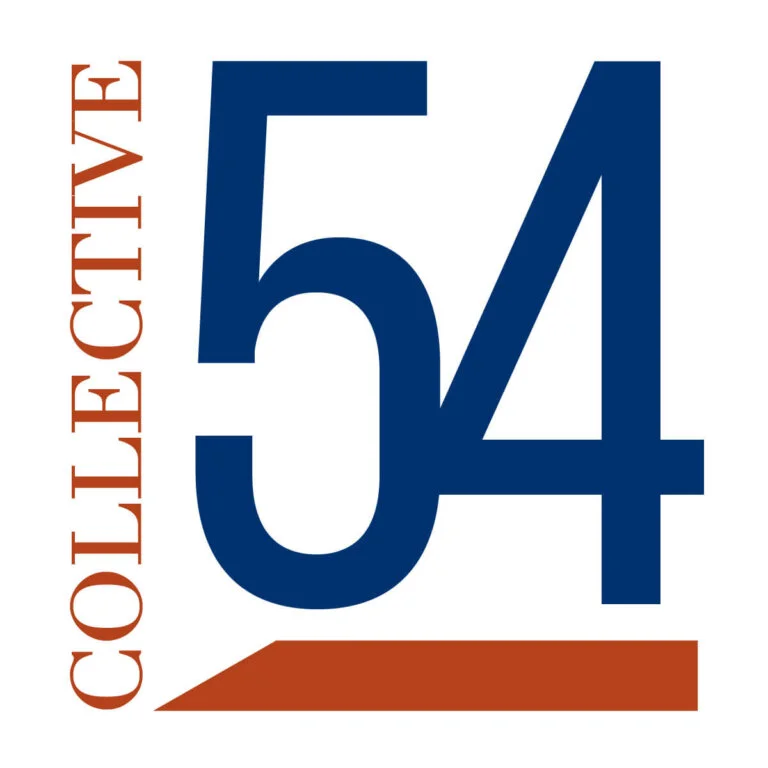Marketing Professional Services: The 5 Competitors You Must Overcome
Landing new business as a professional services firm requires you to have a strong value proposition – but you must also learn to overcome key competitors and alternatives, such as the ever-classic “we’ve decided to put this project on pause” objection.


